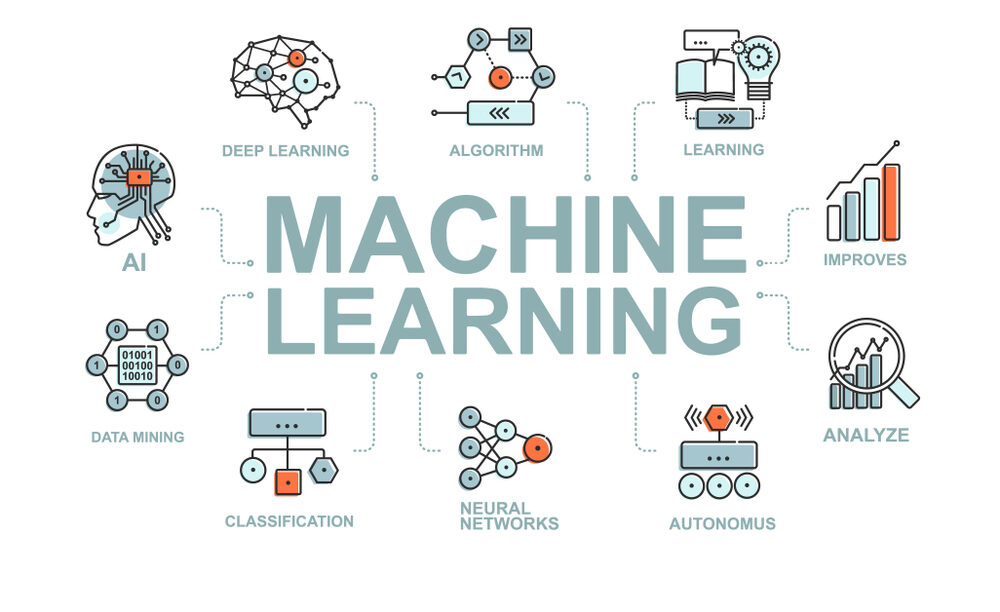
What is Machine Learning?
A subset of artificial intelligence (AI) and computer science, machine learning (ML) deals with the study and use of data and algorithms that mimic how humans learn. This helps machines gradually improve their accuracy. ML allows software applications to improve their prediction accuracy without being specifically programmed to do so. It estimates new output values by using historical data as input.
Importance of Machine Learning
In today’s technological era, machine learning has become an integral part of diverse industries and sectors. It is extremely important because it provides organisations with insights into trends in customer behaviour and business operating patterns, as well as assisting in the creation of new products. Machine learning is fundamental to the operations of many of today’s biggest organisations, like Facebook, Google, and Uber. For many businesses across the world, it has become a crucial competitive differentiator.
Types of Machine Learning
Machine learning algorithms are broadly divided into four types – supervised learning, unsupervised learning, semi-supervised learning, and reinforcement learning.
Supervised Learning
In the case of supervised learning, machines are trained by examples. The machine is taught by example in supervised learning. The operator gives the machine learning algorithm a predefined dataset with specified inputs and outputs, and the algorithm needs to figure out how to get those inputs and outputs. While the operator is aware of the proper responses, the algorithm recognises patterns in data, learns from observations, and produces predictions. The algorithm predicts and is corrected by the operator; this process is repeated till the algorithm reaches a high level of precision.
Unsupervised Learning
The machine learning programme examines the data to detect trends. There is no response key or human interference to provide guidance. Instead, the machine analyses available data to discover correlations and linkages. The machine learning algorithm is left to evaluate massive data sets and address that data in an unsupervised learning process. The programme attempts to organise the data in a way that describes its structure. This could imply organizing the data into clusters or structuring it in a more organised manner. As it evaluates additional data, its capability to make decisions based on that data increases and gets more refined.
Semi-Supervised Learning
It is akin to supervised learning but it employs both labelled and unlabelled data. Labelled data is mainly information that has semantic tags so that the algorithm can interpret it, but unlabelled data does not have that information. Machine learning systems can learn to categorise unlabelled data using this combination.
Reinforcement Learning
Reinforcement learning is concerned with regimented learning procedures in which a machine learning algorithm is given a set of actions, variables, and end values to follow. Following the definition of the rules, the algorithm attempts to explore several options and prospects, monitoring and assessing each output to determine which is ideal. Reinforcement learning instructs the machine through trial and error. It learns from previous experiences and begins to change its approach to the situation to reach the best possible outcome.
Applications of Machine Learning
Some of the applications of machine learning include:
- Recommendation engines
- Business process automation
- Spam filtering
- Malware threat detection
- Predictive maintenance
- Virtual personal assistant
- Medical diagnosis
- Stock market trading
- Speech and image recognition
- Self-driving cars
And the list goes on and on. Today, machine learning is at the heart of many real-world applications.
There are many institutions such as the FORE School of Management that are offering machine learning courses in Delhi NCR. The future of machine learning is promising and if you want to make a career in this domain, enrol in a course today to obtain a valid credential.
